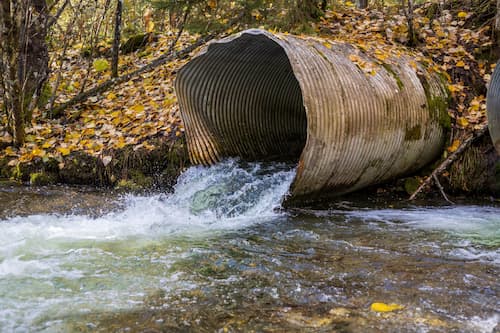
Pumps & Systems recently spoke with John Van Pol, CEO of Ingu, about some of the issues faced by North America’s aging drinking water infrastructure and the role smart water technologies can play in improving leak detection, containing costs and preventing emergencies.

Ingu is headquartered in Calgary, Alberta and is moving into the water and wastewater markets following years of work in the oil and gas industry investigating leaks, deposits and wall condition in pipelines around the world.
How has your company transitioned into the water and wastewater industry after years in the oil and gas field?
INGU has always been interested in working in both sectors. During the early days of product development, Chevron supported us as they believed in the potential of our technology. We were also aware that the water sector has a tendering process that typically does not favor early-stage companies and technology. We knew that we needed to build a track record before moving into the water and wastewater market, and we’ve done that. This year, we reached a five-year, $4.25 million expanded distribution agreement with PICA, a North American leader in pipeline inspection and condition analysis services, giving them exclusive rights to our inline inspection solution for municipal water and wastewater markets in the U.S., Canada and Mexico. Through our existing agreement with PICA, we have already supported 20 municipalities in their efforts to improve leak detection and contain the costs that come with aging infrastructure.
How is technology these days opening the door to universal access to pipelines with speed and accuracy?
INGU is the first in our industry to offer inline inspection as a service on a subscription basis, giving operators greater visibility across all pipeline assets, enabling them to plan more efficiently and to have better financial control. We sought to create a solution that could be used by the customer themselves to inspect virtually any pipeline and generate a complete data analysis in approximately 24 hours. We created what we believe is the go-to technology when questions around pipeline safety arise because of their ease of use, wide application range, and affordable pricing. In fact, the affordability of our solution gives pipeline integrity programs greater asset access at a cost 10x less than conventional inline inspection methods.
What are the major issues faced by North America’s aging drinking water infrastructure?
According to a recent report by the American Society of Civil Engineers (ASCE), there is a water main break in the US every two minutes, resulting in an estimated 6 billion gallons of treated water lost each day. In Canada, municipal water systems lose an average of over 13 percent of clean water between treatment and delivery due to leaks, bursts and other issues. Aging infrastructure causes leaks, blockage, and a myriad of issues that threaten this resource that is so essential to our daily lives. By enhancing the localized monitoring program with mounted pressure sensors and lab tests, while monitoring over the length of the pipeline, we are able to facilitate a speedy detection of undesired situations.
How has/did the coronavirus pandemic highlight those issues and how is smart water technology helping to alleviate some of that pressure?
Our mission at INGU has always been driven by a commitment to protect the world’s critical pipeline infrastructure by building the tools and technology to allow operators to have more visibility into the condition of their assets, more often. Since the onset of the COVID-19 pandemic, travel has been impacted greatly, making it difficult to have service crews physically present to inspect infrastructure assets. INGU is helping to put more control in the hands of our clients—empowering operators in the water and wastewater industry to run inspections themselves and effectively monitor assets with a regular inline presence.

